Week 5
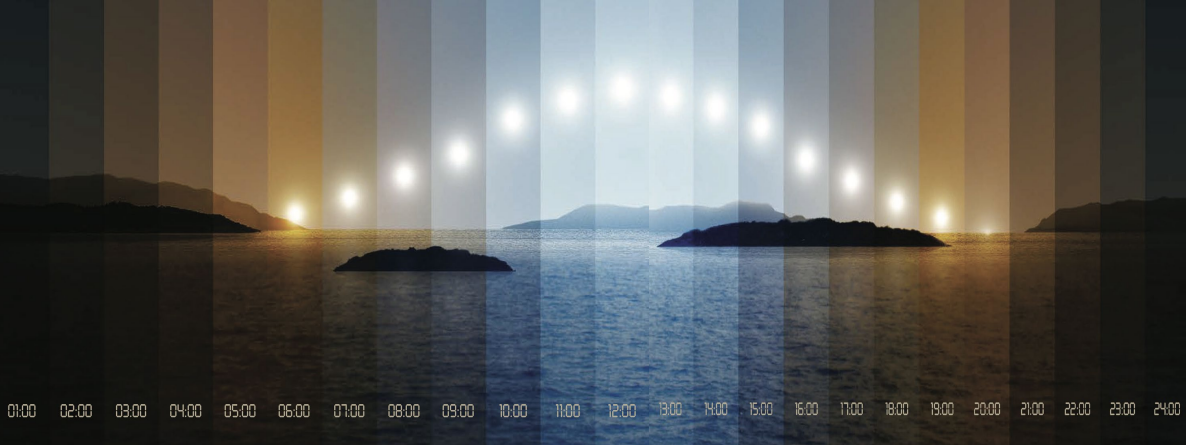
Artificial Lighting – Lecture
A very interesting presentation was given by the manufacturer. What interested me the most was the impact of
temperature of the lighting on well-being. As I myself was researching on this topic recently to change my sleep
routine. I have been a night owl for the past five years and I was researching the impact of disturbed circadian cycle
on my health. I have tried to artificially manipulate the lighting in my room to change my routine gradually. I also
came across the Philips wake up light that was shown in the presentation.
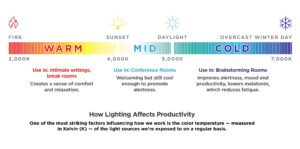
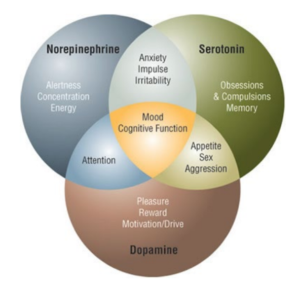
Colour temperature can affect the mood and ambiance of a space, and the way objects appear to the human eye.
In the beginning of the presentation, the impact of colours on the human behaviour and mood was discussed. One such
example quoted was the “Baker Miller Pink” which is discovered to moderating the effect of experiencing feelings of anger
and agitation. Warm colours increase the melatonin levels ( associated with control of the sleep–wake cycle) and cold
colours increase the cortisol levels (associated with body’s stress). Recently, the temperatures of the lightings are said
to be derived from the temperature of the sunlight throughout the day as it naturally regulates the circadian rhythm.
Artificial Lighting – Workshop:
Multiple light fixtures were brought to the studio and we were given a chance to see how each of them work.
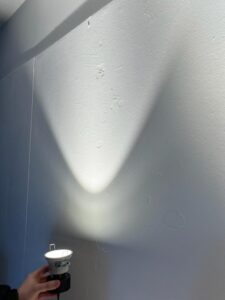
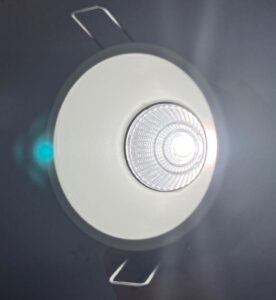
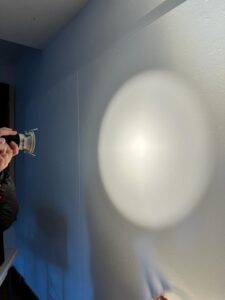
Luminaire 1:
Cool white; Beam angle – Medium; Beam quality – Clear glass (Sharp edges); Aluminium reflector; Remote gear.

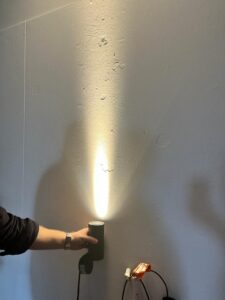

Prismatic optic 1 Prismatic optic 2
Luminaire 2:
Warm white; Beam angle – Narrow; Beam quality – Clear glass (Sharp edges); Prismatic optics; Integral gear.
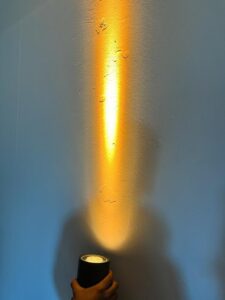
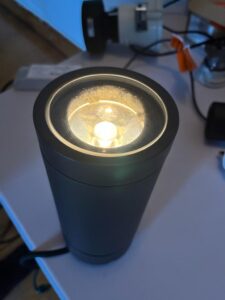

Luminaire 3:
Warm white; Beam angle – Narrow; Beam quality – Clear glass (Sharp edges); Prismatic optics; Integral gear.

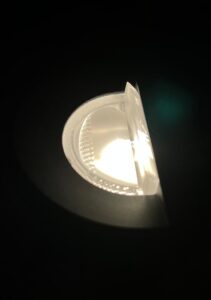

Luminaire 4:
Neutral light; Beam angle – Wide (Asymmetric); Beam quality – Frosted glass (Soft edges); Integrated prismatic optic; Remote gear.
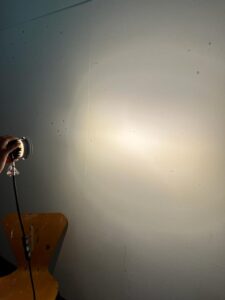

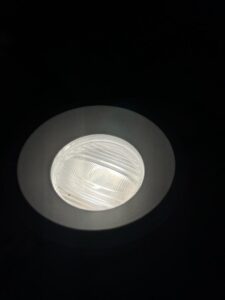
Luminaire 5:
Neutral light; Beam angle – Wide; Beam quality – Frosted glass (Soft edges); Remote gear.

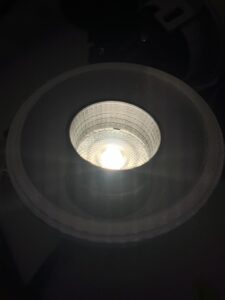

Luminaire 6:
Cool light; Beam angle – Medium; Beam quality – Clear glass (sharp edges); Remote gear.
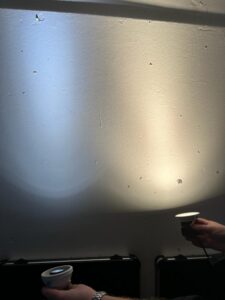
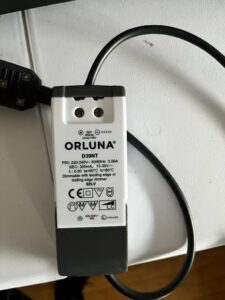
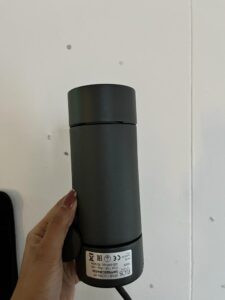
Comparing cool and warm light Remote gear Integral gear

Different types of trim – Honeycomb for plastering and the other trims for seamless appearance.




Recent comments